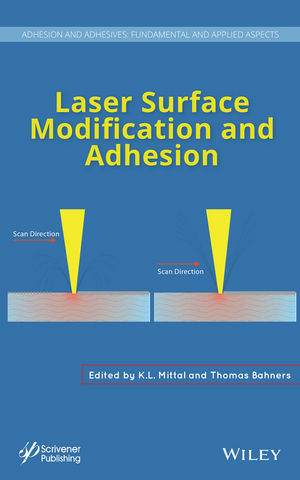EDITOR'S MEMO: New Technologies
The monthly roundup from Editor Teresa McPherson.
This month I had the opportunity to visit the new Technology Center LANXESS has built at its North American headquarters in Pittsburgh. The 10,000-square-foot facility is home to North American labs for the Technical Rubber Products, Material Protection Products and Functional Chemicals business units. Products offered include dyes, organic and inorganic pigments, and materials that protect glues and adhesives from microbial decomposition. Find out more in “A New Spin.”
A fascinating technology now being used in adhesives and sealants formulation is ionic liquids. Ionic liquids are salt-based fluids that, unlike most, are liquid at room temperature. They can provide numerous opportunities for the chemical industry and, specifically, adhesives and sealants formulation. The BASF Intermediates Operating Division was the first business to offer a commercial process for ionic liquids: BASILTM technology. The BASIL technology involves ionic liquids, and solves a common problem in many production processes: the removal of acids that are formed as byproducts. Find out more about ionic liquids and how they can be used in “Ionic Times.”
We’d like to know how you’re using ionic liquids - how familiar is your company with ionic liquids? Do you have plans to use them in future R&D? Drop me a line at mcphersont@bnpmedia.com.
This month’s issue incorporates our ASI End User section, targeting electrical/electronic applications. The section kicks off with an article titled “Cost of Lead Free Solder Materials.” Developed by IPC’s (Association Connecting Electronics Industries®) Solder Products Value Council, the article discusses metals costs, density vs. volume of lead free and tin lead solders, and manufacturing challenges, and then applies these issues to solder paste, solder bar and ingot, and cored solder wire.
Finally, “RoHS Compliance and Pb-Free Capability: One and the Same?” examines the difference between RoHS compliance and Pb-free capability.

This month I had the opportunity to visit the new Technology Center LANXESS has built at its North American headquarters in Pittsburgh. The 10,000-square-foot facility is home to North American labs for the Technical Rubber Products, Material Protection Products and Functional Chemicals business units. Products offered include dyes, organic and inorganic pigments, and materials that protect glues and adhesives from microbial decomposition. Find out more in “A New Spin.”
A fascinating technology now being used in adhesives and sealants formulation is ionic liquids. Ionic liquids are salt-based fluids that, unlike most, are liquid at room temperature. They can provide numerous opportunities for the chemical industry and, specifically, adhesives and sealants formulation. The BASF Intermediates Operating Division was the first business to offer a commercial process for ionic liquids: BASILTM technology. The BASIL technology involves ionic liquids, and solves a common problem in many production processes: the removal of acids that are formed as byproducts. Find out more about ionic liquids and how they can be used in “Ionic Times.”
We’d like to know how you’re using ionic liquids - how familiar is your company with ionic liquids? Do you have plans to use them in future R&D? Drop me a line at mcphersont@bnpmedia.com.
This month’s issue incorporates our ASI End User section, targeting electrical/electronic applications. The section kicks off with an article titled “Cost of Lead Free Solder Materials.” Developed by IPC’s (Association Connecting Electronics Industries®) Solder Products Value Council, the article discusses metals costs, density vs. volume of lead free and tin lead solders, and manufacturing challenges, and then applies these issues to solder paste, solder bar and ingot, and cored solder wire.
Finally, “RoHS Compliance and Pb-Free Capability: One and the Same?” examines the difference between RoHS compliance and Pb-free capability.

Correction
In the May article “Corona Surface Treatments and Bonding with Silicone Adhesives,” Figure 1 should be attributed to the Primers section of the article. Figure 3 (right) should be attributed to the Silicone Adhesives section of the article.Links
Looking for a reprint of this article?
From high-res PDFs to custom plaques, order your copy today!





